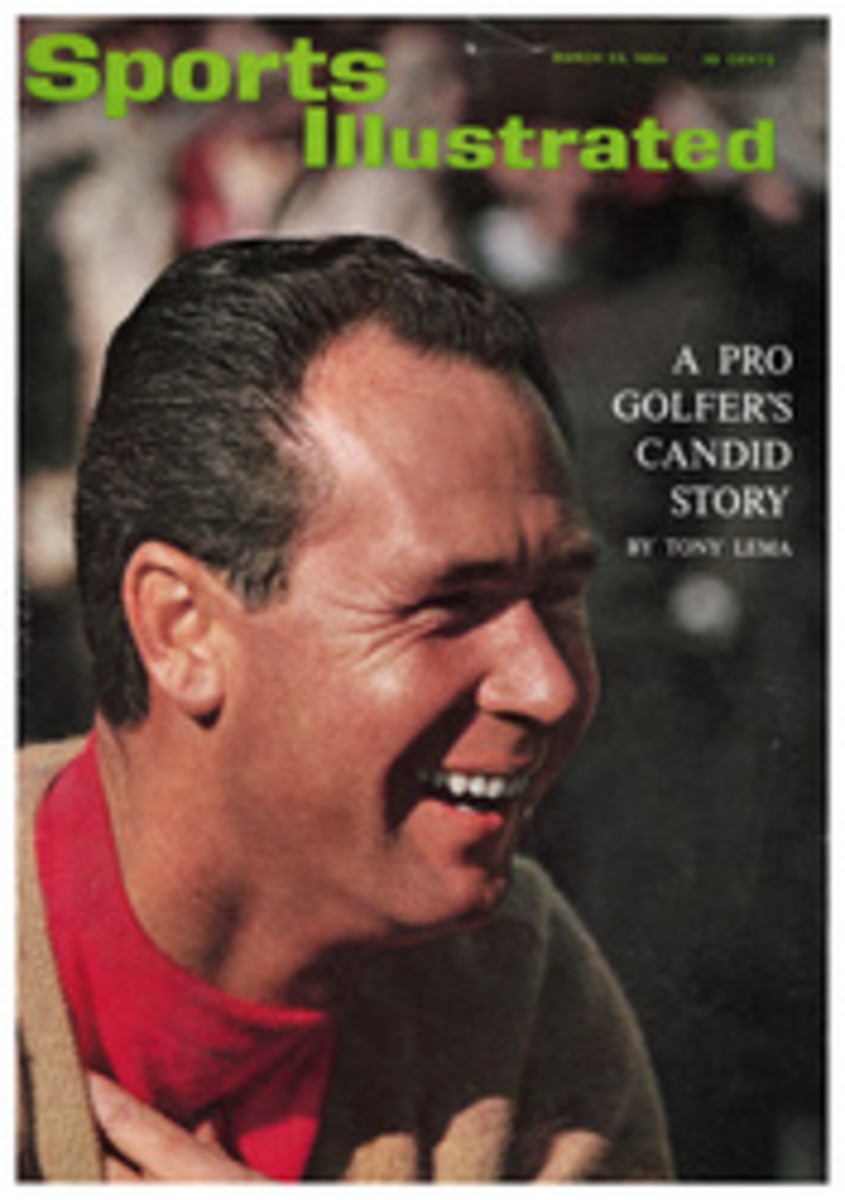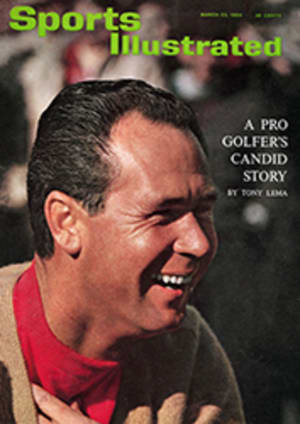
The wide variety of archery equipment available today would amaze Robin Hood
A licensed hunter took to the woods recently with a 45-pound, high-powered, recurved Bear Kodiak Magnum equipped with bow sight, silencer, brush buttons and nock lock. He wore a zippered, hooded camouflage suit with head net, smoked-elk belt pack, powder pouch, a steel-stayed, elastic-backed cordovan armguard and a sheared-calf shooting glove. Anointing the trees around him with bottled scents, one to attract game and another to fool it, he drew, aimed and shot a Firebird arrow with a broadhead.
This is what has happened to the ancient sport of archery, which has 6 million participants in the U.S. and is growing fast, notably in schools, camps and highly populated areas where legislation restricts firearms. There are over 5,000 clubs and two associations, one for field archery and the other for target archery. Although more persons become bow hunters every year, and a few attack scavenger fish, field archery is the most popular pursuit.
Outfitting an archer, whether for target or hunting, has become an exact science. Oldest, largest and typical of the best equipment manufacturers is Bear of Grayling, Mich. Fred Bear, a three-time Michigan archery champion and the holder of 75 big-game trophies, markets 11 bows (among them the Kodiak, Polar, Cub and Fox), the Bear-Easton, Micro-Flite, Firebird, Flu-Flu and Fox arrows, plus every conceivable accessory. Ben Pearson of Pine Bluff, Ark. is nearly as large. York of Independence, Mo., Hoyt of Bridgeton, Mo., Damon Howatt of Yakima, Wash., Wing of Houston and Root of Big Rapids, Mich. are also out standing concerns. In addition, Colt of Hartford, Conn. and Browning of St. Louis, both firearms companies, have recently developed high-level lines of archery gear, as has Shakespeare of Kalamazoo, Mich., long famous in fishing tackle.
At $25 to $125, the fine bows produced by these and other leading makers are beautiful instruments. The already graceful curve of the old lemonwood camp bow has been modified to form the recurved bow with a grip shaped to the hand. Nearly all are made of such exotic woods as African bubinga and zebra and Brazilian rosewood, or domestic cherry and hard maple, and are backed and faced with bonded fiber glass in assorted colors.
All bows are marked for length (the shortest distance from tip to tip) and draw weight (the pressure required to draw the string to the length of the arrow). The average recurved bow is between 60 and 66 inches long, but a large man can buy a 68- or 69-inch bow. Women and children can handle a 60-inch bow easily but may want a shorter one, like Bear's 56-inch Polar ($60). The Bear Kodiak Magnum ($65) and the Colt Huntsman ($60) are short 52-inch hunting bows, resembling the Turkish bow from which all recurved bows derive. Most models are of one length, but all come in a range of draw weights, and each will perform at a draw slightly short of, as well as a few inches past, the point of its rated weight. The outside limits on draw weight are 15 and 70 pounds, but again, each model has its own range. Nothing less than 45 pounds is recommended for hunting.
Arrows, too, come in a great range of lengths (28 inches is the standard), strengths, colors and prices and should suit the individual. The spine, or stiffness, of the arrow must withstand the pressure of the drawn bowstring, for serious injury may attend the buckling of a light arrow in a heavy bow. An arrow that is too short cannot receive maximum thrust, since it will fall from the arrow rest at full draw. Less obviously, an archer would have trouble scoring consistently with an arrow that is too long, since it cannot be drawn the same length for every shot. The difference of a quarter inch in the draw may lower a potential 9 to a 7 by the time the arrow hits.
The perfect way to determine arrow length is to try one at shooting stance while an expert checks elbow and hand positions. Failing that, a novice may extend his arms, without straining, in front of his chest and be measured from the center of it to the tip of his middle finger to determine the proper arrow length for him.
While some serviceable arrows cost as little as $8 a dozen, matched arrows of first quality Port Orford cedar from the Pacific Northwest run $12 to $17 a dozen, depending on head; fiber glass $26 to $32; and aluminum $30 to $35. Tools and materials for assembling arrows are also available for the do-it-yourselfer.
For the novice, most manufacturers make inexpensive solid fiber-glass bows, sold separately and in sets. The straight Pearson 400 Scout ($10) comes in 27-to 34-pound draw weights, a good size for the beginning youngster. Two excellent bows in semirecurved wood and fiber glass for anyone are the Colt Scout ($25) and the Bear Cub ($30). Basic accessories needed are an arm-guard, quiver, glove or finger tab, which should cost under $20 all told.
It is best to shop in person, but some dealers can outfit even a novice by mail, given his height, weight, age, occupation, full-length photograph, arrow length measurement and whether bow and arrows are for hunting or target, right hand or left. If necessary, manufacturers will do the same, shipping f.o.b. at a customer's specification.

